A Jewish photographer captured life in a ghetto in occupied Poland at his own risk
When Nazi Germany invaded Poland in 1939, fenced-off ghettos for Jews were created in the largest cities of the country. Henrik Ross, who worked as a sports reporter in the city of Lodz before the war, was hired by the Statistics Department to take identification pictures and propaganda photographs from factories — the Nazis used Jewish slave labor to equip their army.
When Ross was not busy with this work, he photographed the realities of the Lodz ghetto — the second largest in Poland. Through holes in the walls, doorways and folds of his coat, he filmed hunger, disease and executions. Tens of thousands of Jews were deported from the ghetto to the death camps in Chelmno and Auschwitz, and Ross continued to shoot. In addition to the horrors of the Holocaust, there are timid manifestations of joy in his photographs: performances, concerts, holidays, weddings. Every such moment was part of the counteraction to the inhumane structure of life in the ghetto.
(25 photos in total)
 Source: Mashable
Source: Mashable
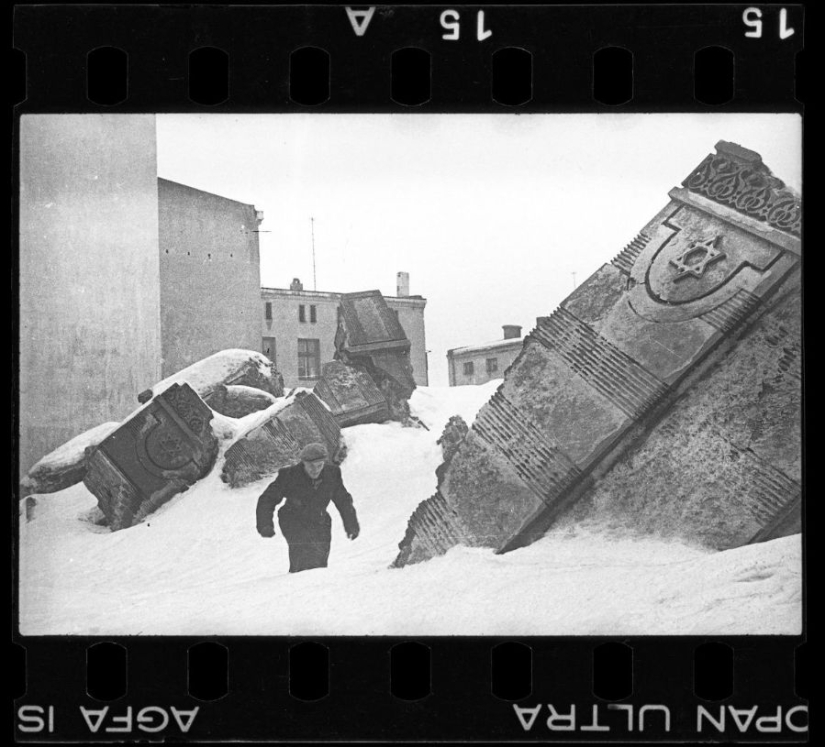
A man on Volborskaya Street against the background of a synagogue destroyed by the Nazis in 1939. 1940.
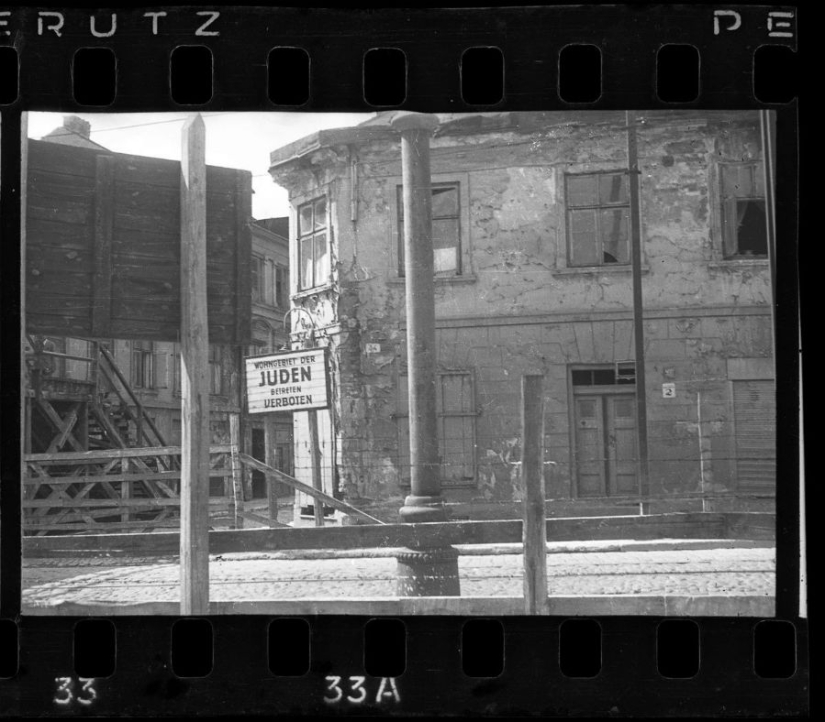
A sign signifying the end of the Jewish residential area ("Jews are not allowed to enter").
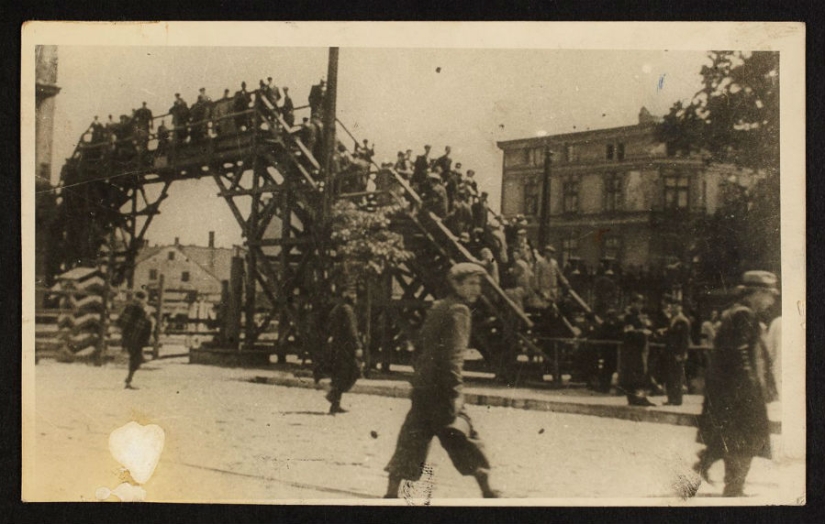
The bridge on the "Aryan" street.
Henrik Ross
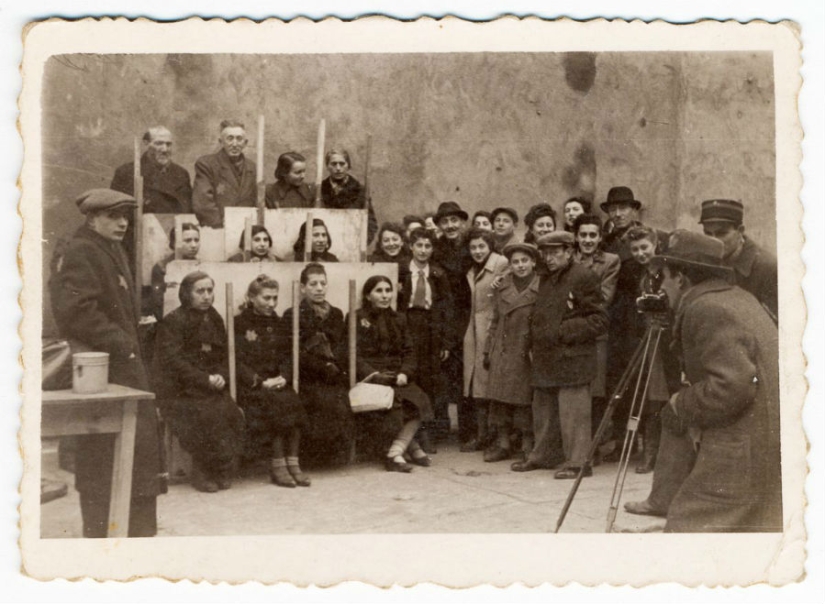
Henrik Ross photographs people for identity cards. Jewish Administration, Statistics Department.
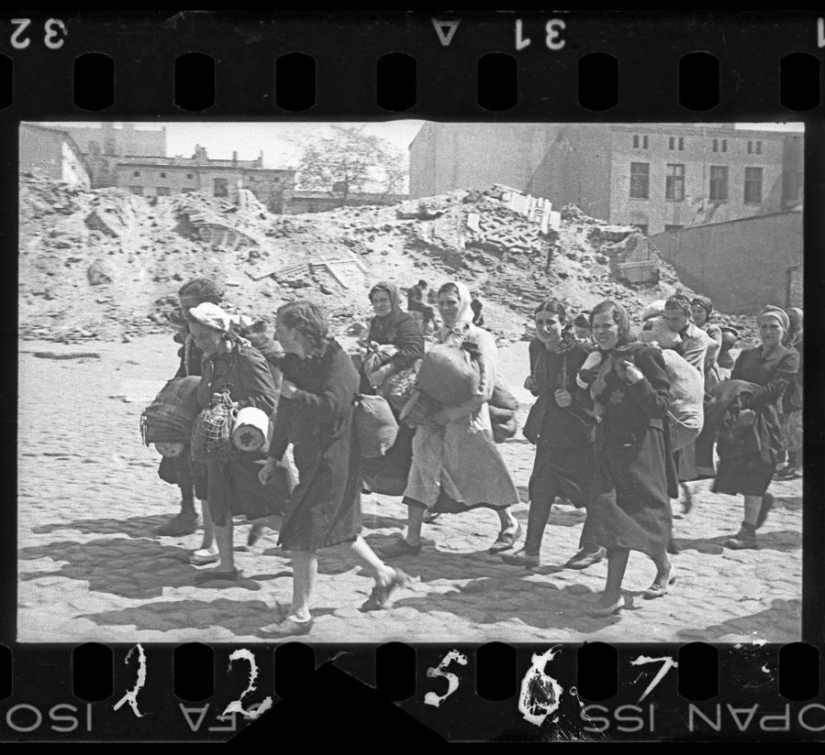
Women are sent for deportation past the ruins of the synagogue.
At the end of 1944, it became clear that the Lodz ghetto would soon be liquidated: the Soviet Union was pushing back enemy troops, and a resistance movement had risen in Warsaw. Ross understood that he could be sent to a concentration camp at any moment, so he collected 6,000 captured negatives in a sealed box and buried it near his house on Jagiellonian Street in the hope that someday the pictures would be found.
Henrik Ross
The Soviet army finally liberated the people still remaining in the ghetto on January 19, 1945. Of the 200,000 Jews in the city, only 877 remained, and one of them was Henrik Ross. In March 1945, he returned to his house and unearthed this "time capsule". Half of the negatives suffered from humidity, but the remaining pictures were enough to preserve the memory of the dead people.
Ross's photographs, belonging to the Art Gallery of Ontario, can be seen until July 30 at the Museum of Fine Arts in Boston — at the exhibition "Memories from Underground: Photographs of Henrik Ross from the Lodz Ghetto".
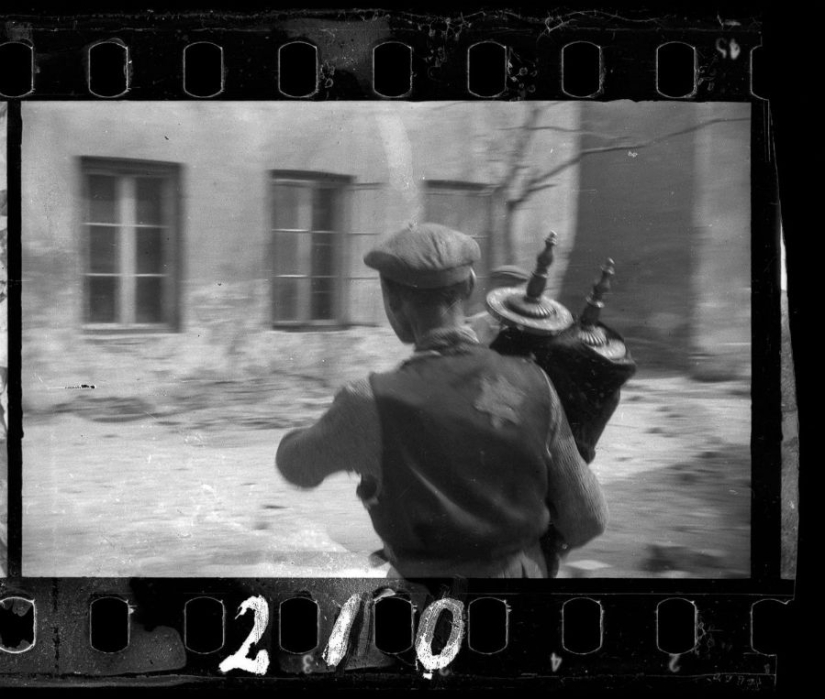
The man who took the Torah from the destroyed synagogue on Volborskaya Street.
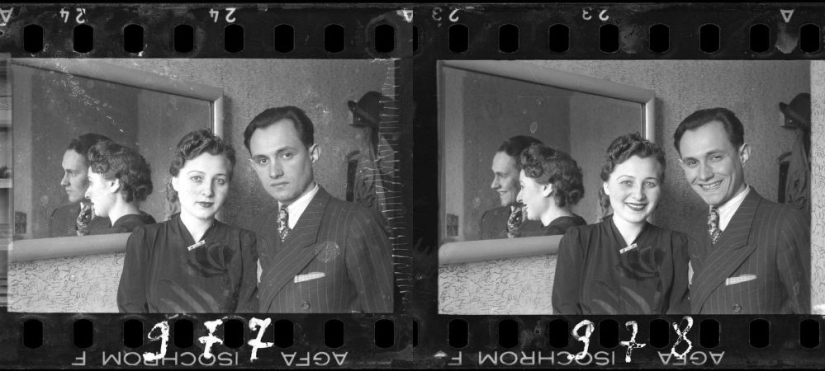
Portrait of a couple.
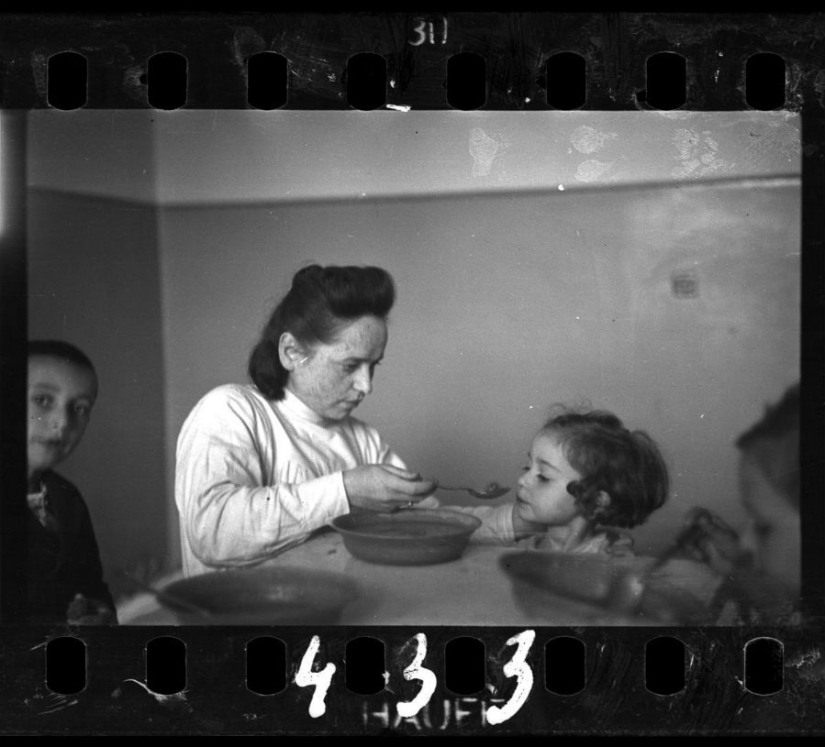
A teacher feeds a child in an orphanage.
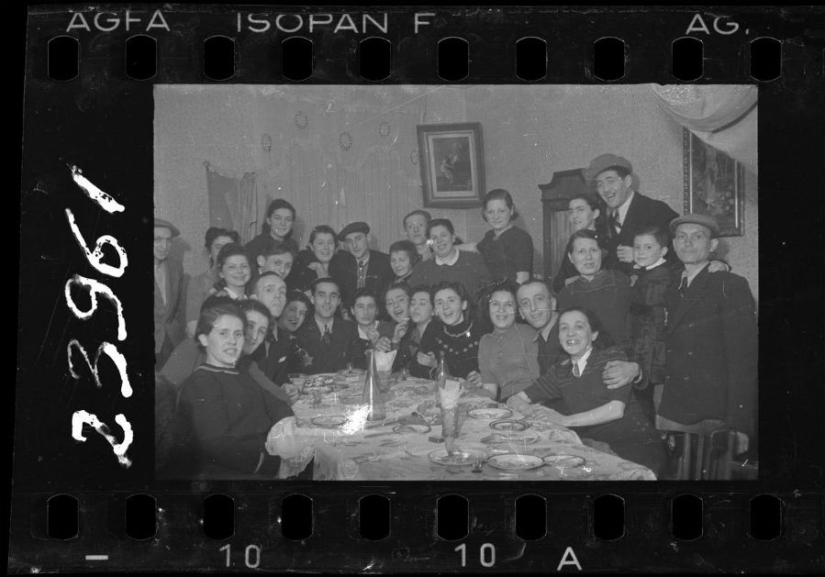
Holiday.

The factory performance "The Shoemaker from Marysin" (Marysin, or Marysin, is the northeastern prosperous part of the ghetto. — Ed.).
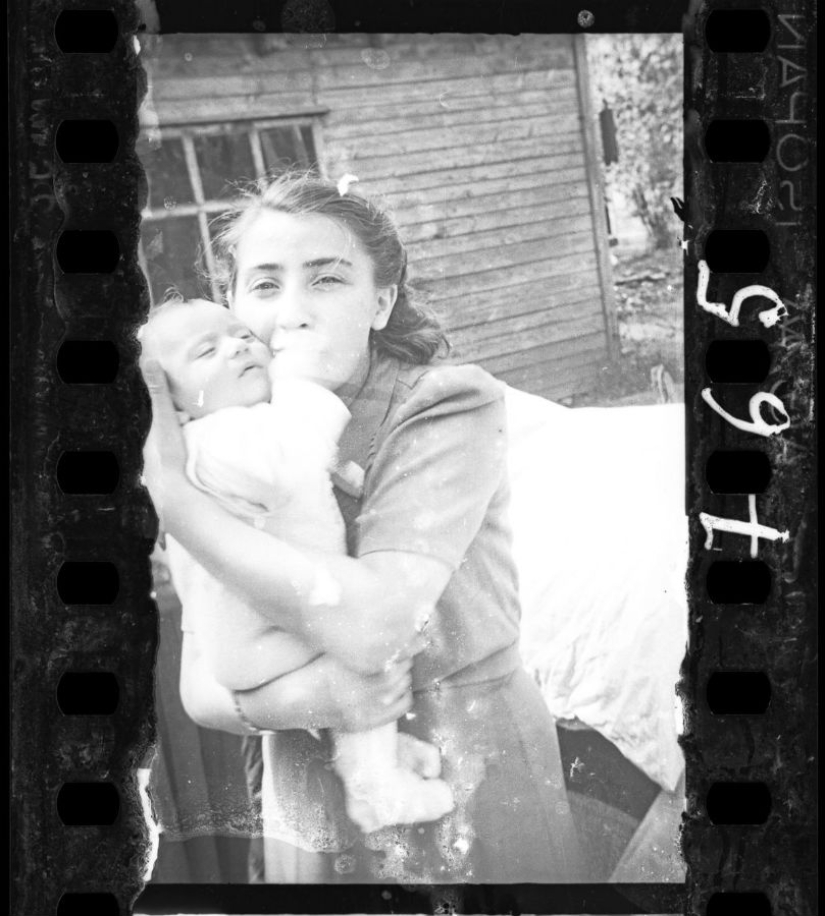
The family of a ghetto policeman.
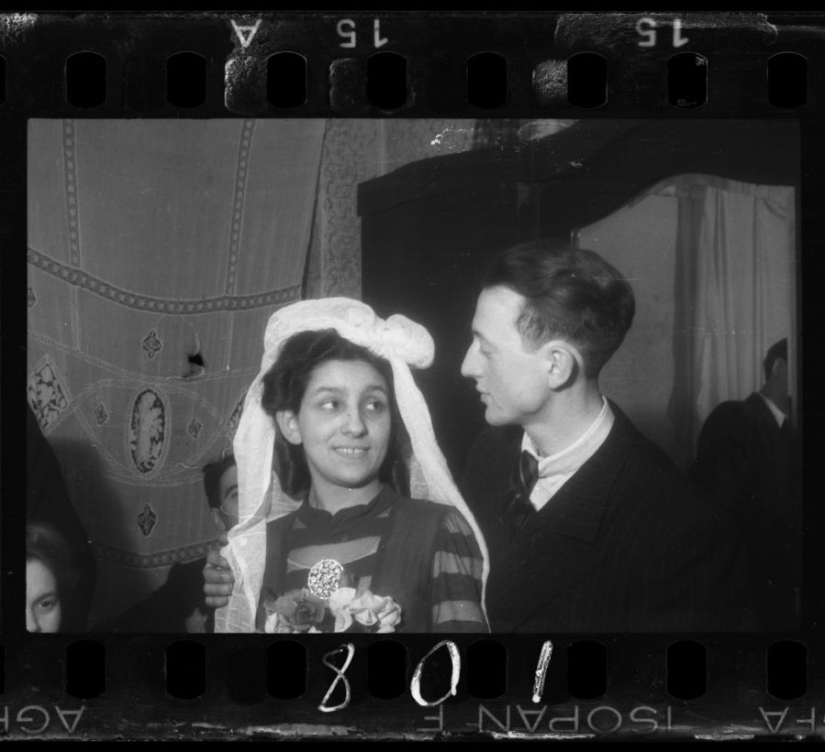
Wedding in the ghetto.
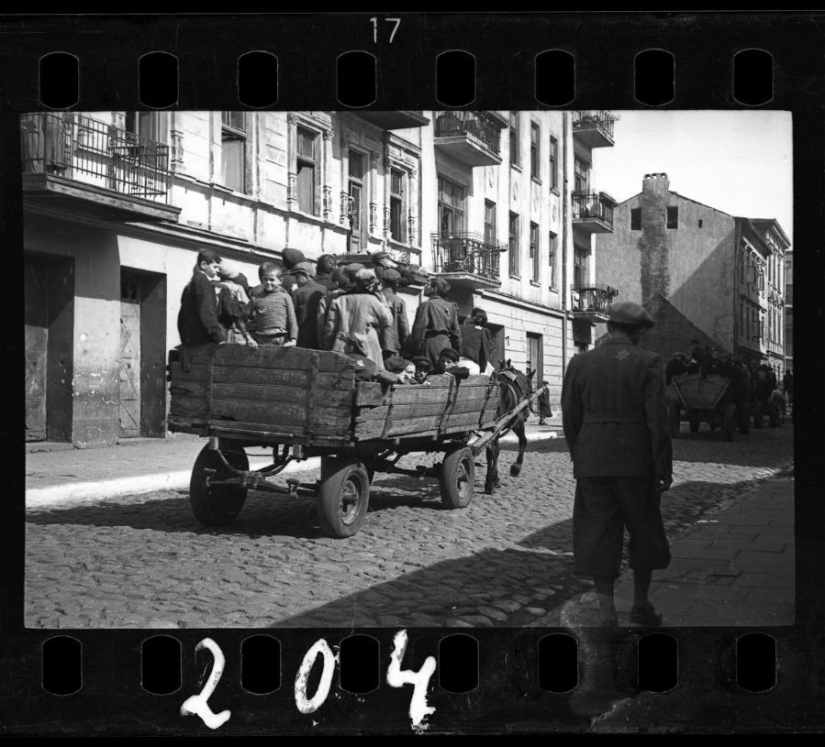
The children are being taken to the Chelmno concentration camp. 1942.
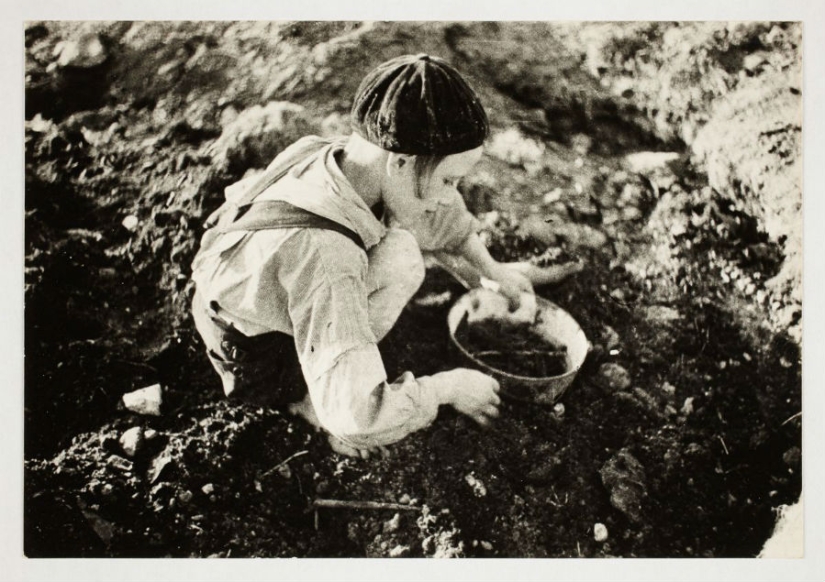
The boy is looking for food.
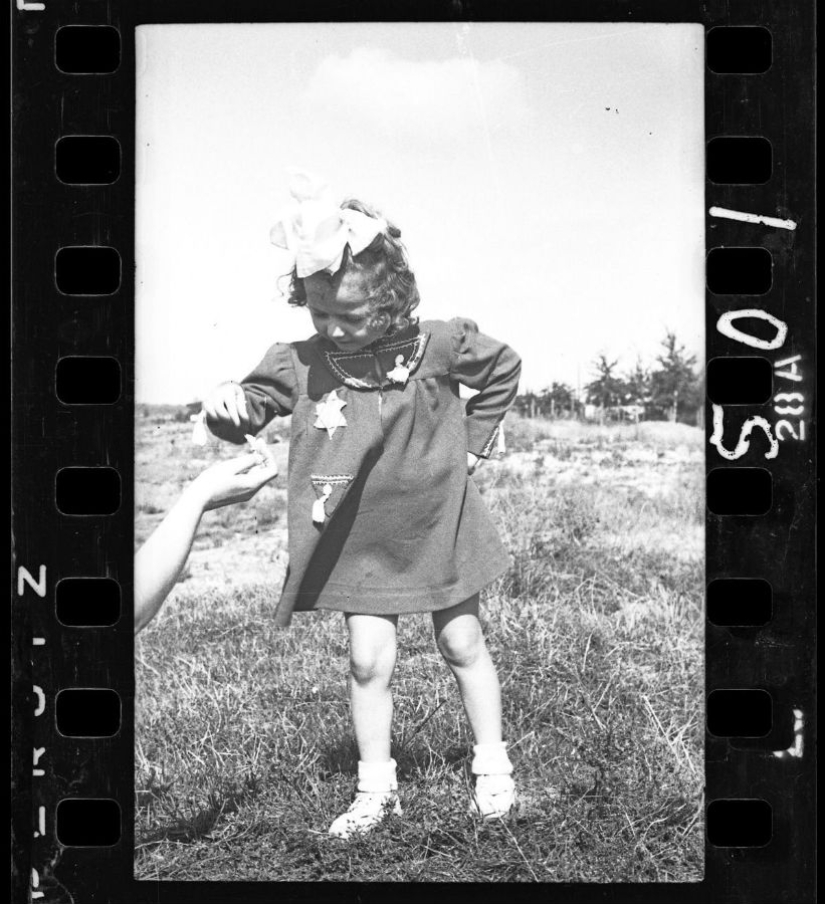
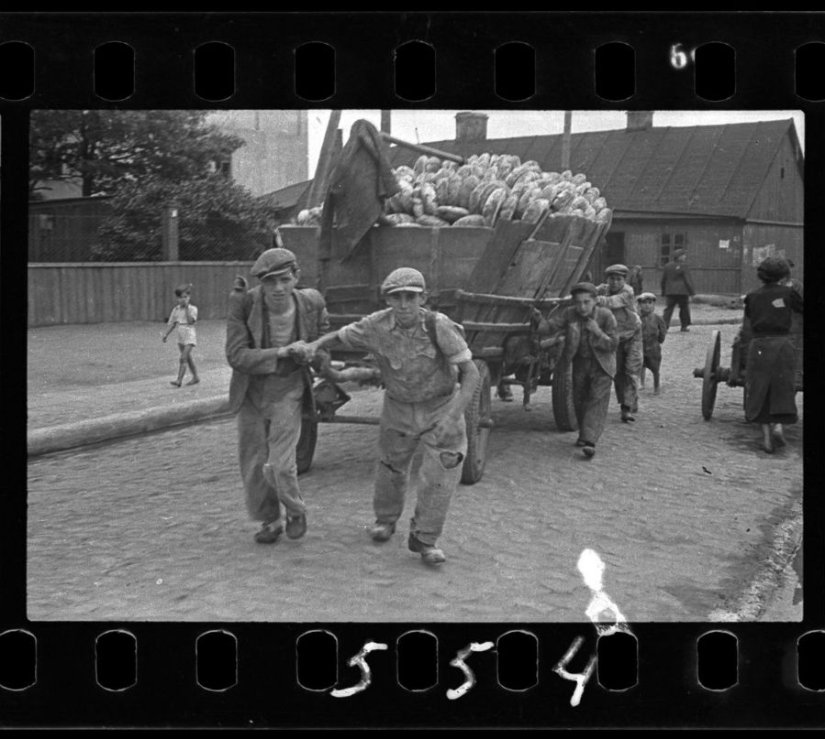
Men are driving a cart with bread. 1942.
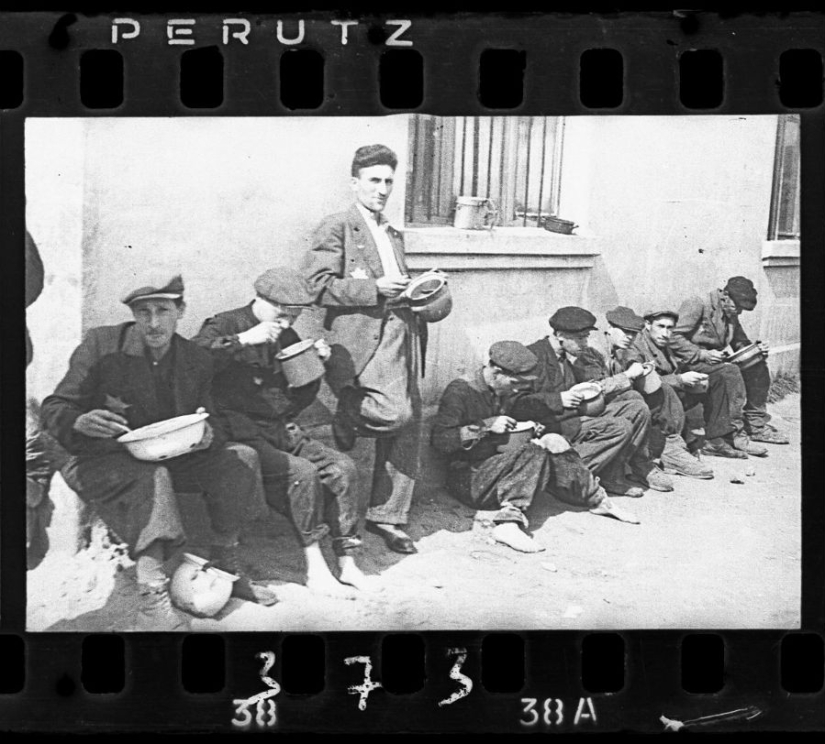
Men eat from basins and buckets.
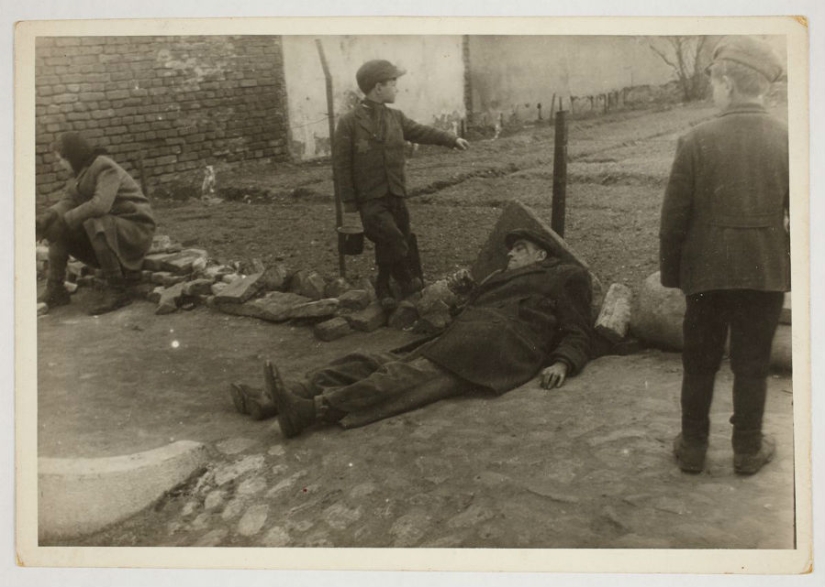
A sick person is lying right on the ground.
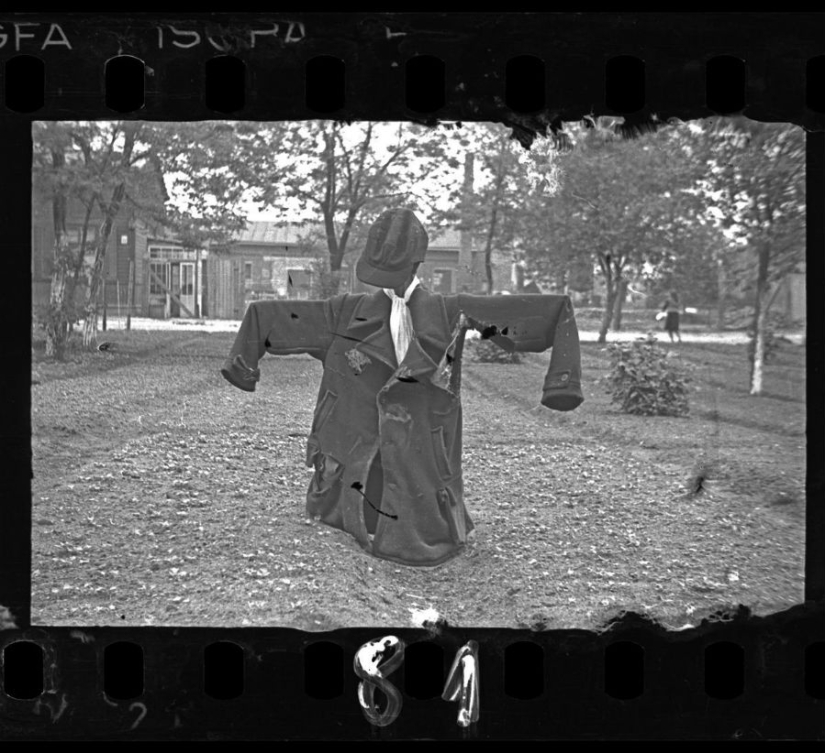
A scarecrow with a yellow star of David on his chest.
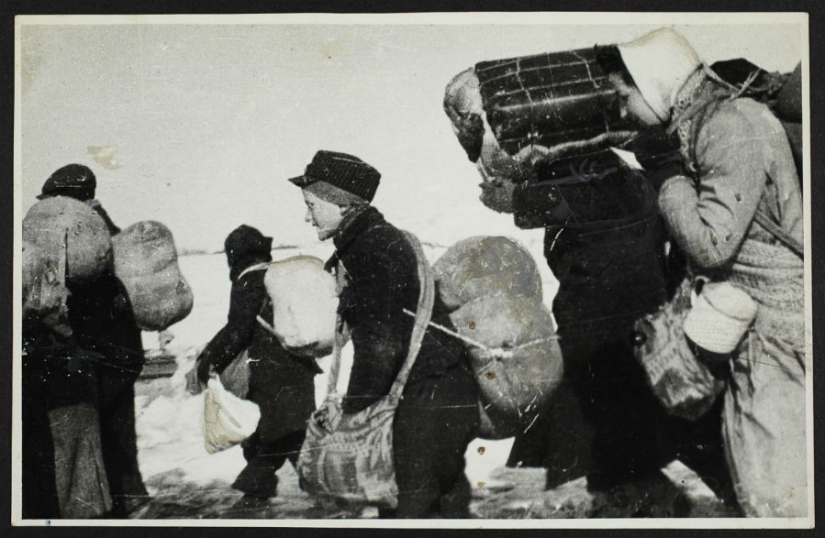
Deportation to a concentration camp. Winter 1944.
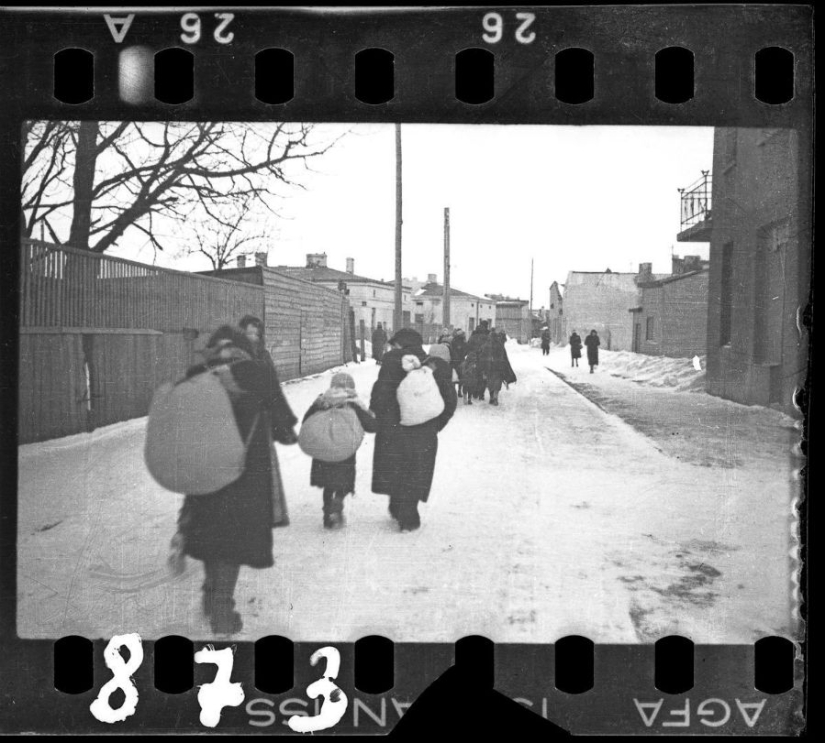
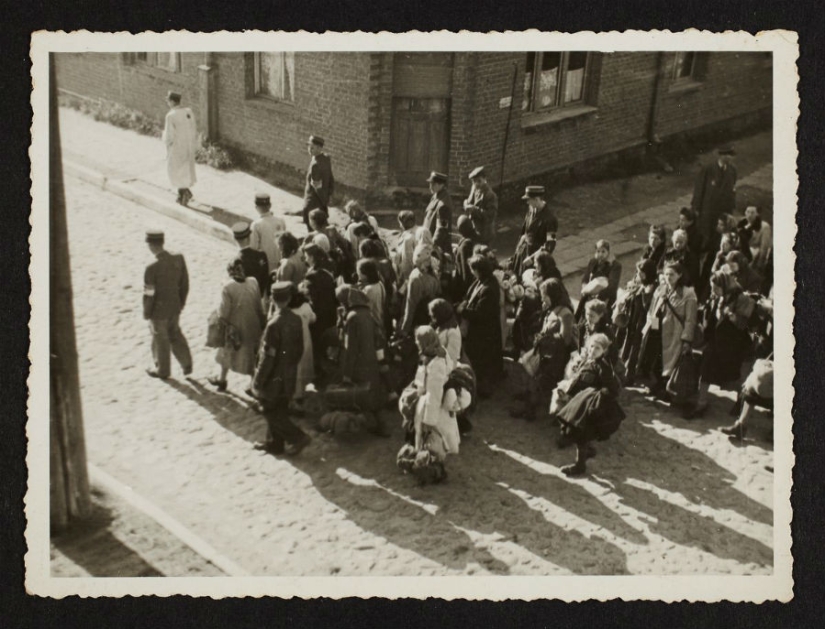
Mass deportation of ghetto residents. 1944.
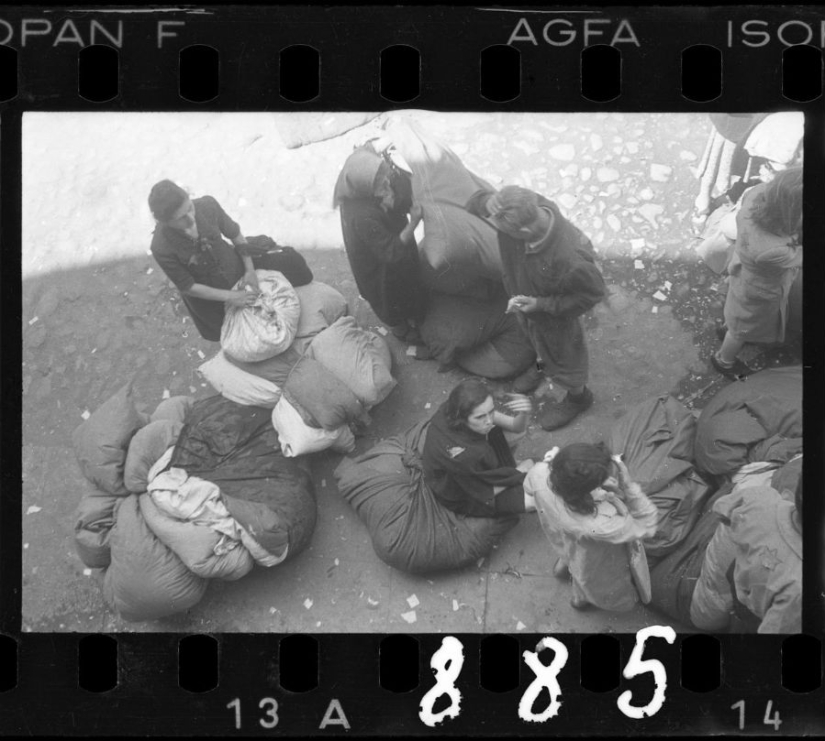
Ghetto residents sort out things left by their neighbors who were sent to the camp.
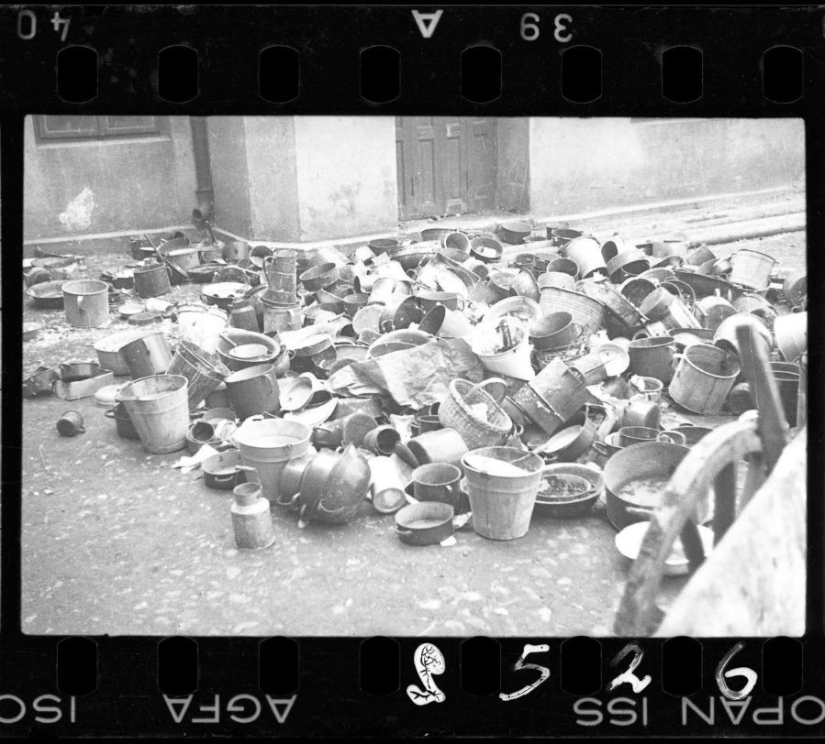
Buckets and food bowls left in the ghetto after another deportation.
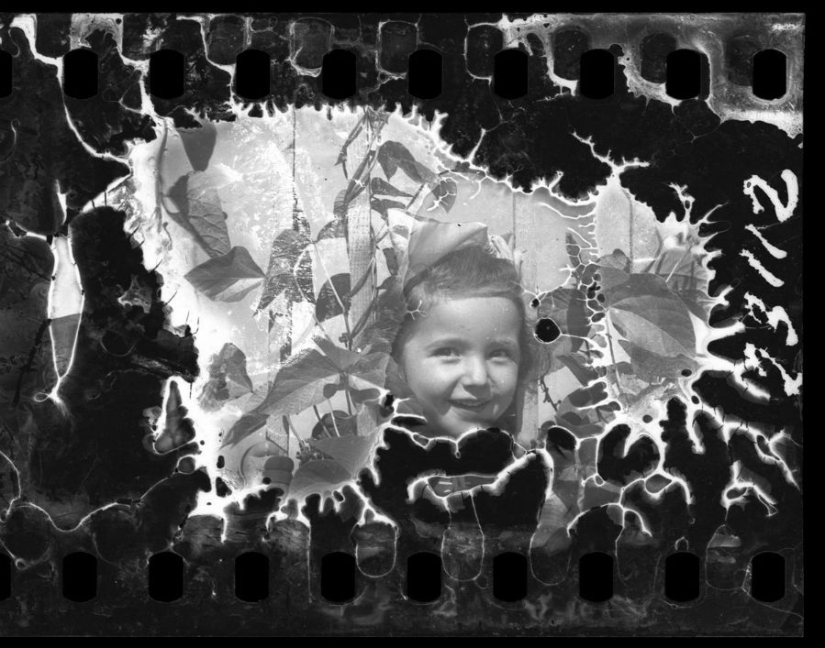
A smiling child.
Keywords: Ghetto | Jews | Concentration camp | Poland
Post News ArticleRecent articles

Winter is a special time of the year, someone is afraid of her, someone is waiting for snow days to build a snowman or go down the ...

The heroes of their photos are used to humiliate others, cheerfully and carelessly shoot everything on the phone and post the ...
Related articles

General Dmitry Karbyshev — one of the Soviet commanders who performed his duty to the end. This man was captured in the battle, ...

Franz Stangl was arrested on a grand scale. Several police cars and armored vehicles with machine guns, raising dust, surrounded a ...

It is known that Jews have been living on the territory of Russia, Ukraine and Belarus since time immemorial. Surprisingly, the ...

Every day, photographers around the world are looking for new ways to tell stories or capture something we haven't noticed ...